Category

Popular Products
-
 Eye Wash Station
Eye Wash Station
KSh 15,000.00Original price was: KSh 15,000.00.KSh 13,500.00Current price is: KSh 13,500.00. -
 Nurse Watch
Nurse Watch
KSh 1,200.00Original price was: KSh 1,200.00.KSh 1,000.00Current price is: KSh 1,000.00. -
 Test Sieves 200m Diameter 75 Microns
Test Sieves 200m Diameter 75 Microns
KSh 18,000.00Original price was: KSh 18,000.00.KSh 17,500.00Current price is: KSh 17,500.00. -
 Hard Collar
Hard Collar
KSh 2,200.00Original price was: KSh 2,200.00.KSh 1,200.00Current price is: KSh 1,200.00. -
 Ambulance Stretcher
Ambulance Stretcher
KSh 105,000.00Original price was: KSh 105,000.00.KSh 98,000.00Current price is: KSh 98,000.00.
Latest News
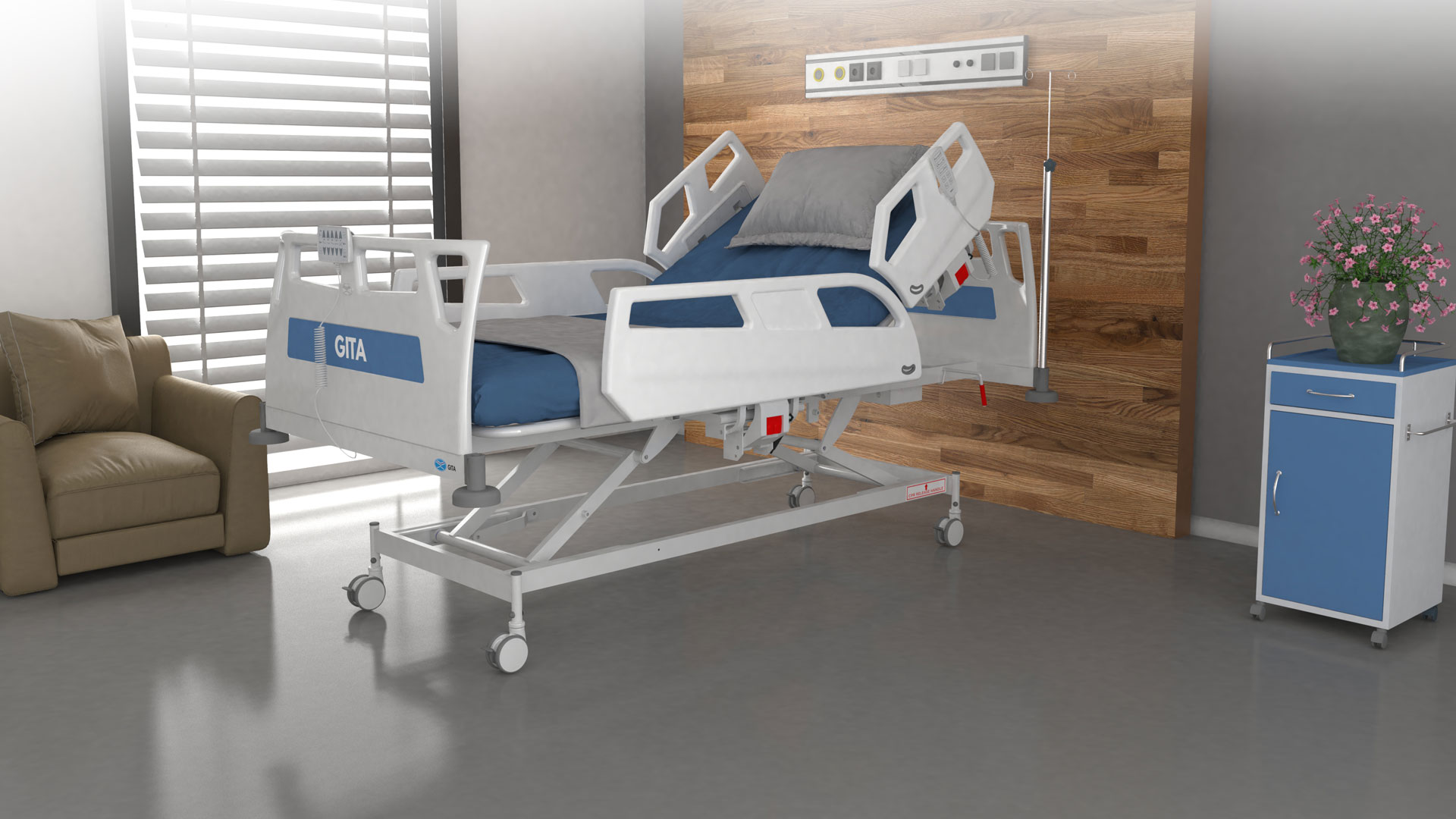
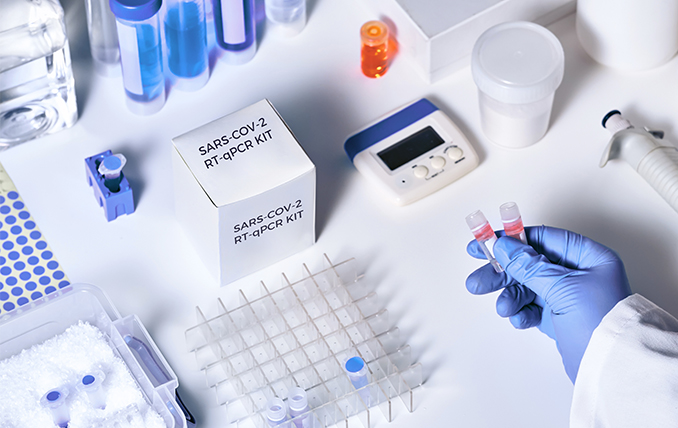

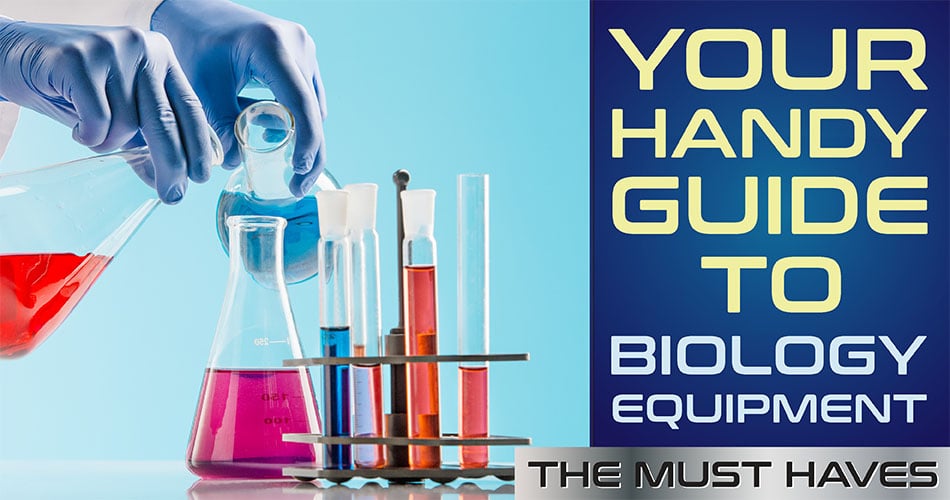
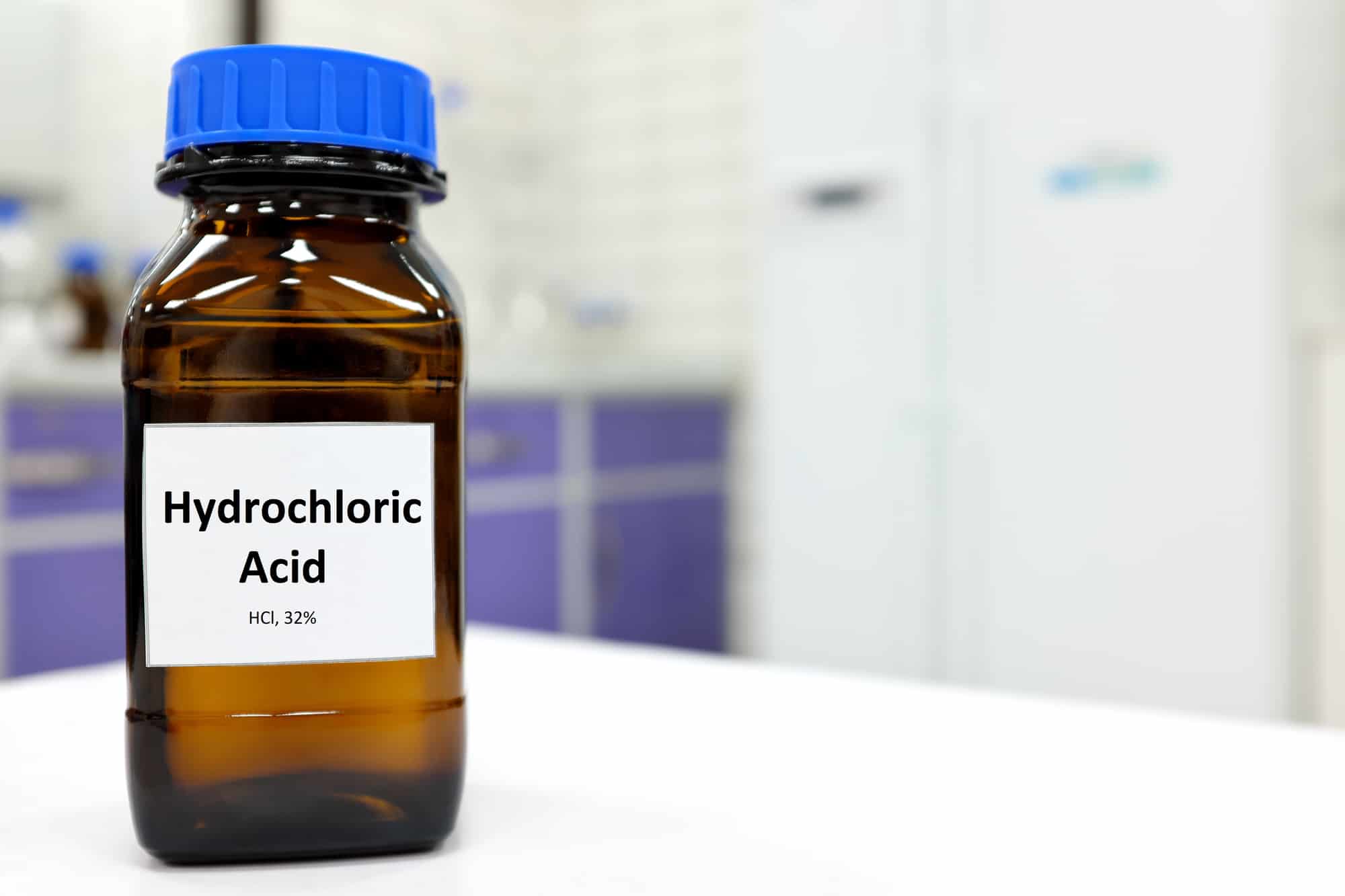


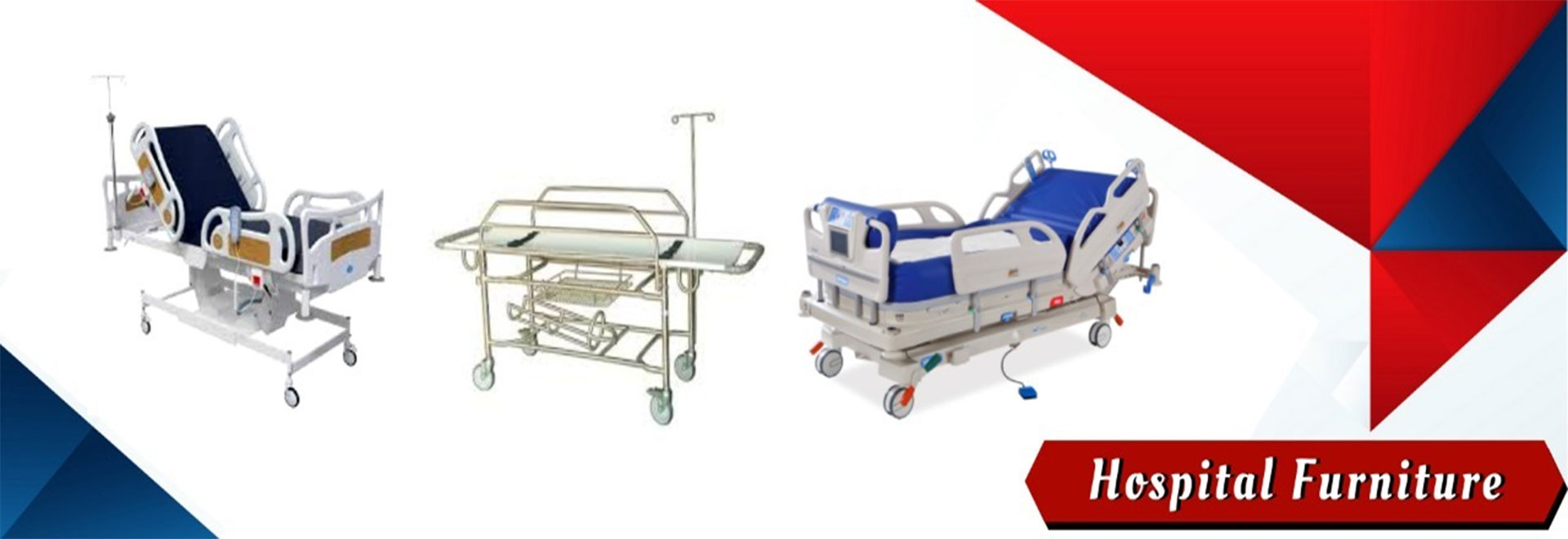

On Sale Products
-
 CBR swell Tripod
CBR swell Tripod
KSh 35,000.00Original price was: KSh 35,000.00.KSh 32,000.00Current price is: KSh 32,000.00. -
 Sodium Alginate Extrapure 250g
Sodium Alginate Extrapure 250g
KSh 19,500.00Original price was: KSh 19,500.00.KSh 15,950.00Current price is: KSh 15,950.00. -
 FOIF RTS102 Total Station Complete
FOIF RTS102 Total Station Complete
KSh 680,000.00Original price was: KSh 680,000.00.KSh 650,000.00Current price is: KSh 650,000.00. -
 Biospy Needle
Biospy Needle
KSh 3,800.00Original price was: KSh 3,800.00.KSh 3,500.00Current price is: KSh 3,500.00. -
 Biohazard Box 5ltrs
Biohazard Box 5ltrs
KSh 300.00Original price was: KSh 300.00.KSh 250.00Current price is: KSh 250.00.


Researchers and lab scientists have long relied on a variety of pipetting methods to conduct their various experiments. This has typically involved manually pipetting specific volumes, sometimes as low as µl in volume. However, with the increase in workload, smaller sample sizes, and the increased need for accuracy, many researchers have started turning to automation, including automatic pipetting, for their pipetting needs.
The case for & against manual pipetting
Laboratory technicians, students, and even lab managers and supervisors rely on pipettes to perform their daily tasks. Using manual pipettes affords a range of benefits, including low up-front costs for equipment purchase and little time required to train new users. A lab can easily purchase multiple pipettes suited to a variety of volumes, and most will also purchase separate sets for specific experiments to avoid cross-contamination, such as radioactive experiments. Lab personnel, including undergrad students, can be quickly trained on the use of the various pipettes used in the lab and allowed to work autonomously, thereafter allowing them to carry out multiple sample runs and switch between applications with minimal setup required.
Beyond their ease of use, manual pipettes are also easier to calibrate and maintain. Most lab technicians in Kenya are able to maintain and calibrate their own pipettes without the need for outside help. A simple analytical balance and some water can be used to assess the calibration of the pipette. While if the pipette is determined to be “off”, a simple cleaning and changing of the O-ring and seal will often resolve the issue.
Some drawbacks to using manual pipettes have become more pronounced over time. One issue associated with manual pipetting is human error. A pipette requires precise movements to operate consistently, and if the technician uses an inconsistent technique, there’s a risk of concentration variations. This inconsistency can also be a concern when pipetting technique is compared across various users. This can compromise data quality and require that experiments be repeated, which can be costly. Consistency and accuracy are increasingly important as modern techniques demand extremely small sample sizes and analytical instruments become more sensitive. Another issue that can arise from manual pipetting is its repetitive nature. Using a manual pipette requires that a specific motion be repeated sometimes hundreds or thousands of times a day, which can and has led to repetitive strain injury (RSI) in a number of lab techs. As pipetting is considered one of the most repetitive tasks in the lab, it’s not a surprise that scientists have long sought to automate the process in a variety of ways.
Intermediate pipette options
Beyond simple manual pipettes, specialized pipettes have been created to ease the repetitive nature of the task and increase the overall accuracy of pipetting. One such innovation is the repeat dispensing pipette. Repeater pipettes allow users to dispense precise volumes of liquid in a series without the need to aspirate between each step. These pipettes will dispense the same fixed volume every time, increasing consistency and also helping reduce repetitive stress injuries, as they eliminate part of the repeated task. Repeater pipettes are also ideal when working with dense or viscous liquids, which can be challenging to pipette accurately using traditional pipettes.
Another type of pipette intended to ease the task is the multichannel pipettes. These pipettes generally come with either 8 or 12 heads and are designed for use with various microplates, allowing a single device to fill multiple wells at once. This allows the user to more quickly and easily fill multi-well plates, commonly used for tissue culture, drug screening, and enzyme assays. Beyond increasing productivity, multichannel pipettes also reduce the risk of RSIs as well as human error by reducing the amount of pipetting required for a given experiment by a factor of 8 or 12.
Alternatively, electronic pipettes are a great ergonomic alternative to manual pipettes and represent an efficient way to increase throughput without implementing automation. Similar to manual pipettes, they are available in various formats, including multichannel. These electronic pipettes can significantly reduce the risk of human error, especially if pipetting for long periods of time. Their ergonomic design also helps alleviate the risk factor associated with RSI by reducing the need to accurately aspirate and dispense liquid annually and reducing tip ejection forces by up to 93%.
If a lab doesn’t want to fully commit to automation, it can also implement a semi-automatic solution. Semi-automation allows labs to increase production by automating certain aspects of sample preparation. This can include semi-automated liquid handlers requiring a technician to simply move the probe from vessel to vessel while it does the pipetting.
Automated liquid handling systems
Automated or robotic liquid handling systems can perform a variety of tasks, including sample preparation and automatic pipetting. These features allow labs to automate various liquid handling steps, so they can set up experiments and walk away. They also provide greater precision and repeatability as compared to manual sample processing by offering repetitive measurement and delivery of solutions of equal volumes. A variety of automated systems are available, offering a range of features and capabilities suited for different applications. They can be used in next-gen sequencing, high throughput, qPCR/PCR reactions, as well as maintenance or storage of large collections.
These automated liquid handling systems offer a variety of benefits to laboratories. They allow tasks to be automated, including high throughput applications, reducing sample handling and dispensing errors. They also measure volumes during the dispensing process, verifying that the accurate volume is consistently transferred and that each well is efficiently mixed before the next transfer, optimizing the entire liquid handling workflow. In addition, they can be used to perform delicate operations, such as pipetting minuscule volumes, drying samples for downstream processing, or fraction collection.
Overall, the selection of manual vs. automatic pipettes is dependent on the type of application being run by the laboratory. Hand pipetting is preferred when dealing with limited volumes and small applications. As the tasks progress, semi-automatic and electronic options can be integrated to ease the strain on technicians and reduce the risk of introducing errors due to fatigue. If a fully automated solution is needed, the selection, utilization, and validation of the automated liquid handling system should be matched to the specific applications it will be used for. In fact, the overall specifications of the instrument chosen should be secondary to the specifications relevant to your particular application.
You can purchase pippettes in Kenya via our laboratory online store in Kenya at labsoko.com
Related
Written by labsoko

Testimonials

Mount Everest Clinics
We have been purchasing products from labsoko for the past few months, and we can attest that they supply quality products with very professional approach.

Dr. Stela
Thank you labsoko, you are God sent, it has become easy for us to order our hospital's equipment's and get delivered on time. Asanteni!!!

St Michaels High Scool
All our lab equipments have been restocked from labsoko.com website. We were recommended by a lab technician to you and all we can say is that YOU DELIVER. Keep it up guys
Latest Products
-
 Smart2Pure™ UV/UF 12 ltrs Water Purification System
KSh 2,500,000.00
Smart2Pure™ UV/UF 12 ltrs Water Purification System
KSh 2,500,000.00
-
 VeritiPro™ Thermal Cycler, 96 well
KSh 1,695,000.00
VeritiPro™ Thermal Cycler, 96 well
KSh 1,695,000.00
-
 Kolida KTS-491R10LC Digital Total Station
KSh 1,350,000.00
Kolida KTS-491R10LC Digital Total Station
KSh 1,350,000.00
-
 Ohaus MB120 Moisture Meter
KSh 995,000.00
Ohaus MB120 Moisture Meter
KSh 995,000.00
-
 Leica Sprinter 250 Digital Level
KSh 698,500.00
Leica Sprinter 250 Digital Level
KSh 698,500.00
-
 Kolida K1 PRO Receiver
KSh 675,000.00
Kolida K1 PRO Receiver
KSh 675,000.00
-
 Kolida KTS-442UT Total Station Set
KSh 675,000.00
Kolida KTS-442UT Total Station Set
KSh 675,000.00
-
 FOIF RTS102 Total Station Complete
FOIF RTS102 Total Station Complete
KSh 680,000.00Original price was: KSh 680,000.00.KSh 650,000.00Current price is: KSh 650,000.00. -
 Leica- Sprinter 150 Digital Level
KSh 560,000.00
Leica- Sprinter 150 Digital Level
KSh 560,000.00
-
 DP 20 Portable Ultrasound Machine
DP 20 Portable Ultrasound Machine
KSh 550,000.00Original price was: KSh 550,000.00.KSh 510,000.00Current price is: KSh 510,000.00.
Recent Articles
- Success Story Of A New Clinic After Purchasing All Hospital Equipment’s Online
- Hospital Furniture In Kenya
- Hospital Diagnostic Kits In Kenya
- Hospital Equipment’s In Kenya
- Understanding & Starting an ovulation test kit business in Kenya
- Teacher’s Guide to Lab Supplies Needed for Biology in Kenya
- Understanding Hydrochloric Acid And Where To Buy In Kenya
- An Overview of Nitric Acid and Its Uses in Kenya
- What’s the difference between Nitrile, Vinyl And Latex Gloves?
- Hospital Furniture’s In Kenya; Buying Tips



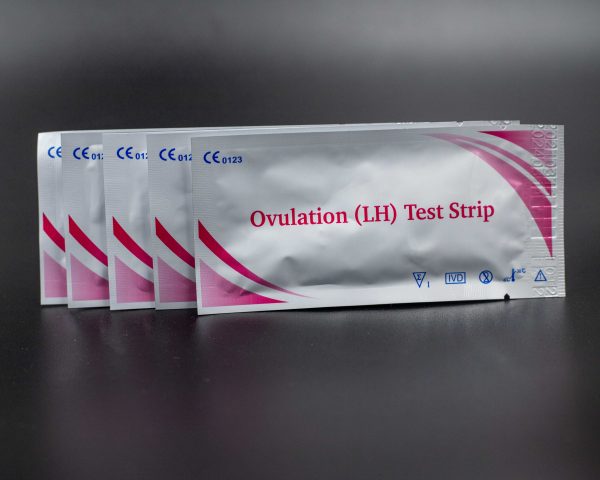
Leave a Reply